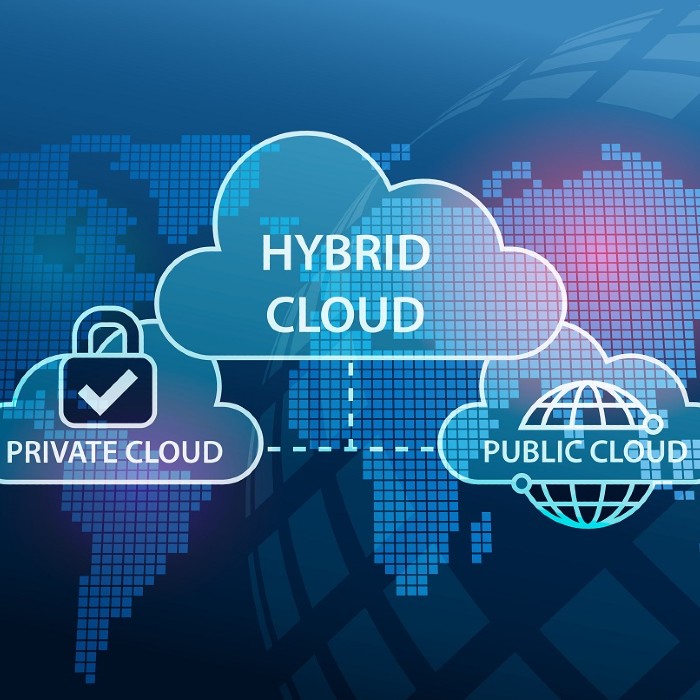Jason Lopez: That means you'll have an online identity, which ports rapidly between clouds, platforms and apps. It's part of the coming solutions to data complexity and volume. He says, we're grappling with 10,000 times more information we're collecting than we can analyze.
Scott Steinberg: And at the same time, you have to think about who in the organization could benefit from having access to that data. What potential sources could you tap into? How are you going to manage the sheer volume of information that's being shared, and what do you need to do to safely protect and store it all while trying to be efficient and insightful about the ways in which you use data? Because data-driven experiences are going to be the way forward. It's really going to give you the real-time insights and updates that you need to make, workflows, processes, and applications much more capable and much more self-aware.
Jason Lopez: But inside and outside organizations, people are trying to respond to the pace of application growth. It used to be that applications didn't change that rapidly.
Lee Caswell: Technology advances, particularly in hardware, have gotten so fast in terms of compute and flash memory, for example, and even network speeds that all of a sudden, what's possible now is to have infrastructure that can go and respond to changing application needs really fast, and that's server-based systems.
Jason Lopez: That's Lee Caswell, and he points out that's what the cloud deploys today. Modern infrastructures based on servers.
Lee Caswell: Now, I have these almost seamlessly scalable systems that can be managed by generalists. Super important in these days because you're worried about how do I get people to actually be able to manage systems and the concept of infrastructure is changing from an infrastructure piece to a platform.
Jason Lopez: And that begs the question, what exactly is a platform?
Lee Caswell: Well, a platform is something that can go and extend to places. It means it can extend out to the edge, for example, to retail environments or a wind farm or an oil rig. It could be in your data center, it could be in a public cloud presence. But in any event, right? What's the solve for this added complexity of new locations and new applications? Is a platform that's consistent across those and that platform, the way started thinking about it is it's delivered as a service. It's got APIs, so I can go on to write to it and extend to it across different environments. As new applications are coming in, you're able to go and leverage one server-based platform for any application, any location. That platform concept, I think is one that's gaining traction.








